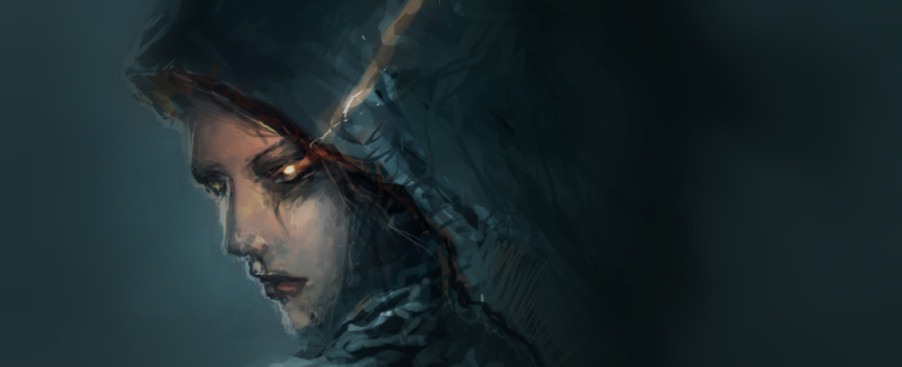Phoenix Point Interview
-
Category: News ArchiveHits: 2385

Julian Gollop has spoken to GameIndustry.biz about his new project, Phoenix Point. The interview details the project's pre-production journey and explains why it ultimately ended up on Fig. There are also a few tidbits about the game's mechanics. Have a look:
The team of eight developers at Snapshot have been working on Phoenix Point for more than a year, but Gollop suggested that effort could go to waste if the crowdfunding campaign isn't successful.
"There is no Plan B. We do not have an alternative plan," Gollop said. "This is an all-or-nothing, make-or-break decision for the studio. But I'm pretty confident we're going to do quite well."
Much of that confidence came from Fig's Backstage Pass program, which allows a group of investors with previous experience on the site an early peek at campaigns and the chance to back them early. The Phoenix Point campaign tested particularly well in this program, with about 30% of people who checked out the campaign going on to back it. That confidence appears to have been well-founded. Within a single day of launching, the game is just over 60% of the way to its goal, with $309,000 in pledges and investments.
"We had approached publishers and investors," Gollop said of the decision to crowdfund the game. "We looked at every possible opportunity we could think of, and for various reasons, we turned down a couple of these other offers. Some of the interest we got from some big publishers was there, but ultimately they didn't want to go ahead with the project, so coming back to crowdfunding seemed like a logical step for us. We would be in control of ownership and the IP in particular for the long term."
So why was crowdfunding a last resort for the project? Gollop said even successful crowdfunding campaigns are generally going to provide smaller development budgets than what publishers could provide, and they originally wanted more money to realize their ambitions for Phoenix Point. Additionally, spending nearly a year talking to publishers while the team worked on the game meant they now have a much more advanced version of the game to help attract backers for a crowdfunding campaign.
As for why Snapshot went with Fig specifically, Gollop gave two reasons. First, he liked that Fig specialized in video games, while he thinks "tabletop gaming has taken over compared to video games" on Kickstarter. That also no doubt plays into other attractive qualities Gollop mentioned, like Fig's more closely curated selection of projects and a greater level of marketing and PR assistance provided to projects. Finally, Gollop found the site's combination of investment and reward-based backing to be an interesting business model.
[...]
It helps that there's some handy reference material available when trying to answer the question of what people would want from a modern XCOM game. Firaxis breathed new life into the franchise with 2012's XCOM: Enemy Unknown and iterated on that last year with XCOM 2. Appropriately enough, just as Firaxis' XCOM was clearly inspired by Gollop's work on the original game, Gollop has found inspiration in Firaxis' efforts. Not only will Phoenix Point incorporate some of the elements that worked well in Firaxis' XCOM revamps, but Gollop cited one of the developer's older games--Sid Meier's Alpha Centauri--as an influence for some of the gameplay elements that will separate Phoenix Point from Firaxis' own XCOM successors.
"It probably deviates most [from Firaxis' XCOM games] on the strategic level of the game," Gollop said. "Phoenix Point is a lot more 4X-y, sort of open-world-y universe where you have different factions and groups, with their own objectives and agendas, technology, their own diplomatic relations, and things will happen in this world regardless of whether the player intervenes or not. It's a much more dynamics, systems-AI-driven world... In some ways, it's actually developed and evolved from ideas we built into XCOM Apocalypse back in 1997."

